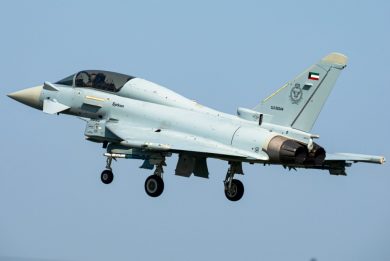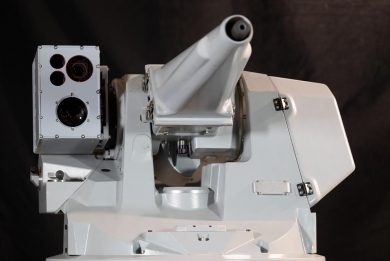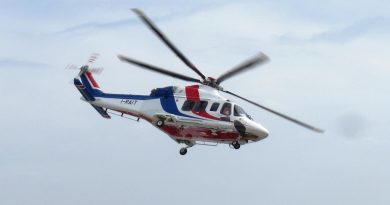Launch customer for Leonardo ULISSES sonobuoys acoustic processor
Leonardo ULISSES sonobuoys acoustic processor has a launch customer, company representative unveiled to EDR On-Line during Seafuture 2021. No further information was released on the customer and airborne application, either fixed or rotary-wing, but the unveiling represents a significant milestone for the Italian company, which further reinforces its position in ASW capabilities on the international market for a complete range of airborne as well as surface applications, such as unmanned surface platforms, thanks to ULISSES’ limited dimensions, weight and mission capabilities.
Within a single small box of 179.4 x 169 x 306.5 mm and 4.5 kg weight, the ULISSES acoustic processor performs passive and active multi-static processing of up to 64 sonobuoys in parallel, sonobuoy processing, localization and classification of targets through advanced and proprietary tracking algorithms, automatic tracking and alerts, remote sonobuoys control using CFS (Command Function System) commands, full HD quality video and audio processing for two operator consoles providing an immediate and intuitive human-machine interface, and reducing overall operator workload. An embedded data recorder allows for post mission data analysis and underwater threats classification.
Leonardo ULISSES sonobuoys acoustic processor trials
During the latest system trials conducted with the support of the Italian Navy in the waters in front of La Spezia in late 2020, the ULISSES was installed on board Leonardo’s Whitehead 2 evaluation and experimentation vessel for managing sonobuoys and L3Harris’s FireFly dipping sonar data. In the demo, the sonobuoys’ processor card was integrated into the underwater sonar processor, the Leonardo representative told EDR On-Line. This solution reduced the already low weight of the system, offering clear benefits for the optimization and reduction of platform loads. The Italian Navy played an active role in the demonstration, providing an SH90 helicopter which launched three sonobuoys, a bathy-thermal sensor for analysis of marine parameters, and two DIFAR passive detectors. The vessel also employed sensors, launching active HIDAR elements.
The acoustic information is collected and processed by the operator console on-board the ship, then sent to shore in real-time
Once the buoy range had been defined and the underwater sonar lowered, transmission of the impulses generated by the different frequencies detected by the sensors began. The acoustic information was then collected and processed by the operator console on-board the ship, before being sent to shore in real-time with audio and video signals over the Leonardo WBDL system capable of data transmission at up to 45 MB per second. The ship-to-shore connection was a key element in the demo, allowing testing the degree of interoperability with other equipment or with a C2 center for real-time monitoring of the tactical situation.
Photo © L.
Peruzzi




